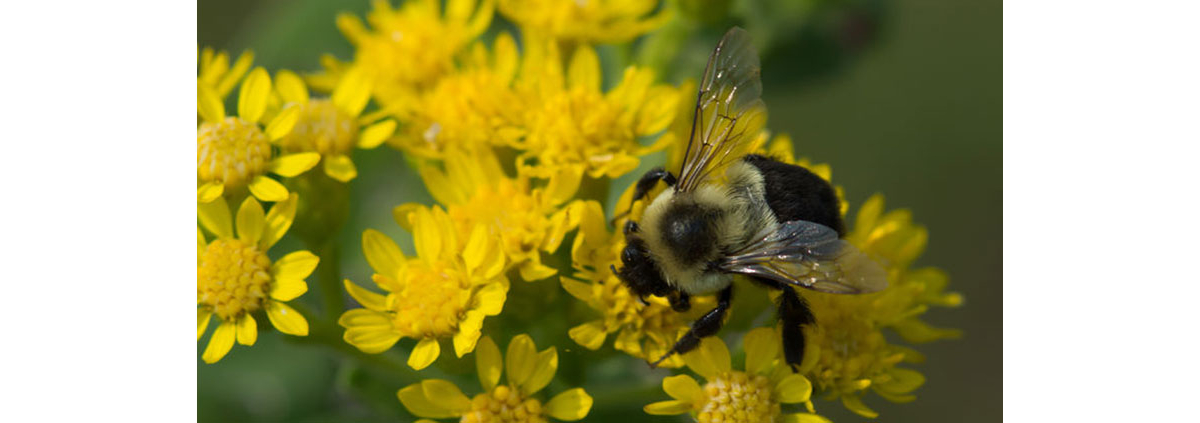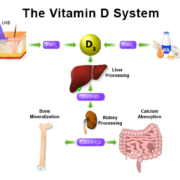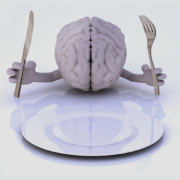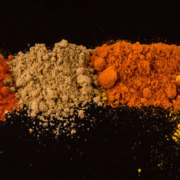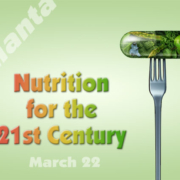CO2 and Plant Nutrients: Proceed with Caution
The Memos this week have examined a potential problem with the nutrient content of the plants we eat due to increasing CO2 levels. What does the research show? Part of the problem that Dr. Loladze had was that no one was doing much research on the issue of CO2 and nutrient content. That’s going to change based on some of the research that has been published.
Mineral Content Has Decreased
In a study published in 2004, researchers examined the nutrient content—13 nutrients and water—of 43 garden crops as reported by the U.S. Department of Agriculture in 1950 and 1999 (1). They reported declines in six nutrients: protein, calcium, iron, phosphorus, riboflavin, and vitamin C. The reductions ranged from 6% for protein to 38% for riboflavin. The researchers concluded that the decline could be explained by changes in the types of cultivated plants. Okay. If we’re now planting crops that have lower nutrient content, maybe they’ve been selected for size or appearance or the ability to be transported long distances. Do we think that’s okay?
In a study published in 2014, researchers used a creative approach to test the affect of increased CO2 on grains and legumes (2). They mimicked the predicted CO2 levels expected in the middle of this century in grains and legumes grown under field conditions. They set up an outdoor system that allowed more CO2 to be released on the plants. They found that grains and legumes had decreased levels of zinc and iron and grains had lower levels of protein.
Dr. Loladze also published an article on mineral loss in plants. He examined every research paper that examined atmospheric CO2 on plants that we eat as well as trees and grasses. Remember that he is a mathematician; he used some very sophisticated techniques that are beyond me. However, to put it simply, the better the study was designed, the more the plants showed a decline in mineral content, averaging about 8% (3).
Far From Complete
The research in this area is really just beginning; scientists are just becoming aware of this nutrient decline. Perhaps that will attract research dollars. Dr. Loladze was never able to get significant funding for his work. Still, he persevered.
Here are two issues that I’d like explained or examined. First, why would an increase in carbohydrate content affect the mineral and protein content? If the minerals are in the soil, it would seem they would end up in the plant. That was never explained very well.
Another issue they raised was the protein content of goldenrod pollen. The researchers were able to examine it over the decades because samples are saved at the Smithsonian Institution. The protein content of goldenrod pollen has decreased by a third over the decades. They suggested that was important to bees; they need the pollen for the hive to survive. Is the lack of nutrients contributing to the collapse of bee colonies? Obviously, more specific research needs to be done before we really know the implications, if any. It’s going to be years until there’s enough research to make definitive statements about this.
Proceed with Caution
There is still every reason to eat your vegetables, fruits, and whole grains, even if the vitamin, mineral, and protein contents have declined somewhat—if anything, this a reason to eat even more to make sure you get your phytonutrients. Water and fiber are two more good reasons.
This also reinforces the need to do one more thing: take a multivitamin-multimineral that contains plant concentrates every day. If the nutrient content of plants is declining, that’s an excellent way to prevent nutrient deficits in your own body. It’s the simplest way to proceed with caution until the science catches up.
What are you prepared to do today?
Dr. Chet
References:
1. J Am Coll Nutr. 2004 Dec;23(6):669-82.
2. Nature 510, 139–142. doi:10.1038/nature13179.
3. Loladze. eLife 2014;3:e02245. DOI: 10.7554/eLife.02245

